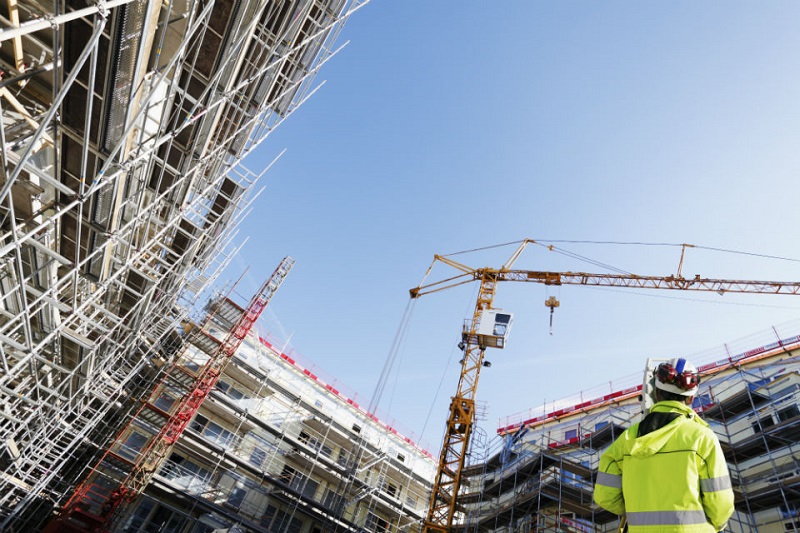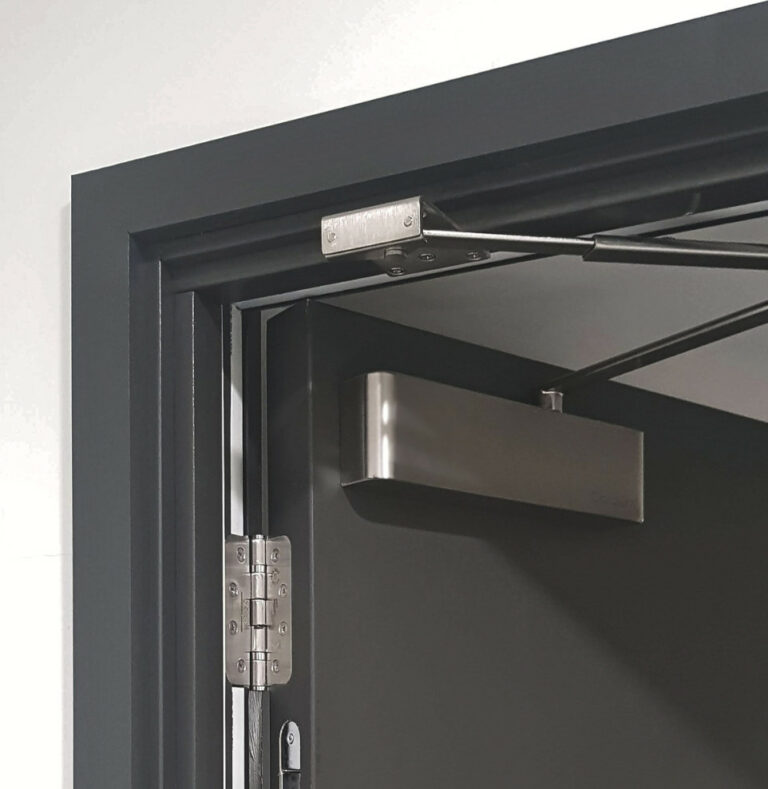The Chartered Institute of Architectural Technologists (CIAT) has published its Be the change to lead the future of our built environment document, calling on political parties to work more closely with the built environment sector to tackle significant issues facing the country.
Published to coincide with the anticipated general election, CIAT's document focuses on three core issues; low carbon and retrofit, building safety, and skills shortages and recognition.

The Institute is calling for greater collaboration within the sector to address these critical areas, to ensure that we can create sustainable, resilient and inclusive communities for future generations.
CIAT President, Eddie Weir PCIAT, said: "We present this three-point plan to the next UK Government, outlining key areas of focus to build a sustainable future for our nation. This will require a coordinated effort from Government, the sector, and communities to overcome barriers and accelerate progress towards a more sustainable and resilient built environment."
The document can be accessed and downloaded here: https://architecturaltechnology.com/about/ciat-recommendations-improved-built-environment.html




















